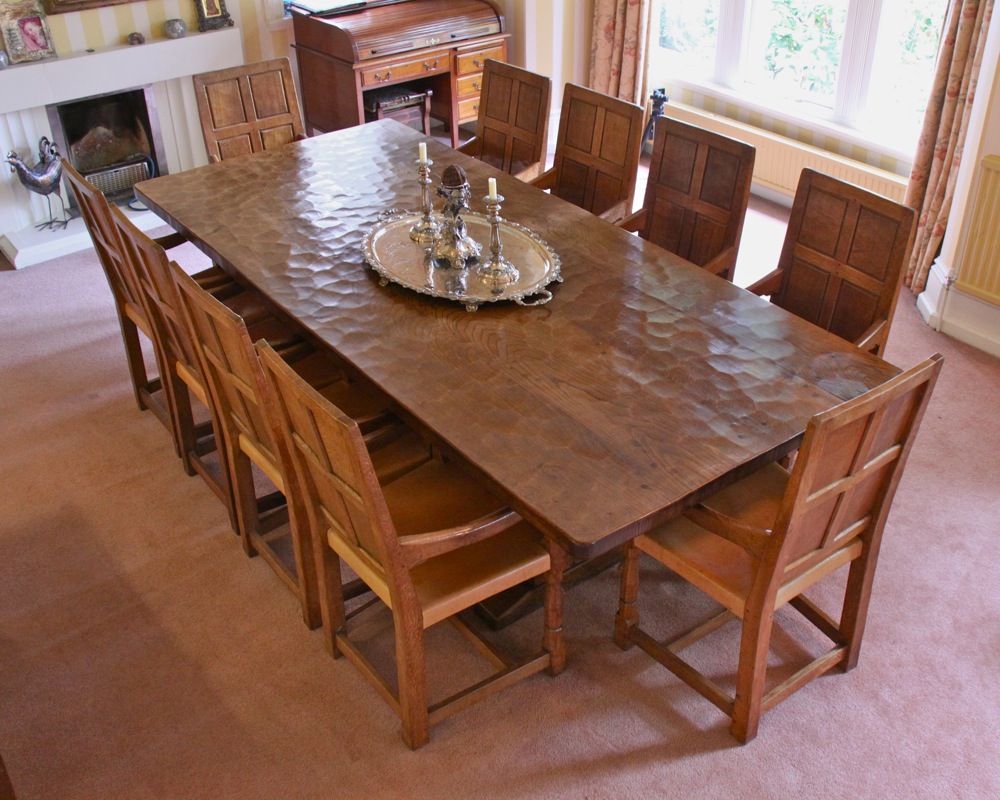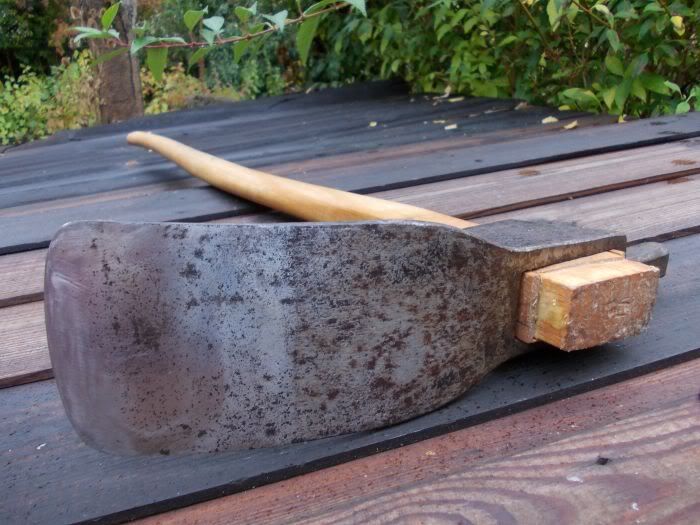I want to get myself an adze, to have a play with before using it on a project. I want, in time, to use it on table tops and such like, so I believe that I need a straight (rather than curved) head, and a long handle. correct?
Should they have a straight handle, or a shaped one? I have seen both on eby, which seems to be the main place for a used one.
Should they have a straight handle, or a shaped one? I have seen both on eby, which seems to be the main place for a used one.




































